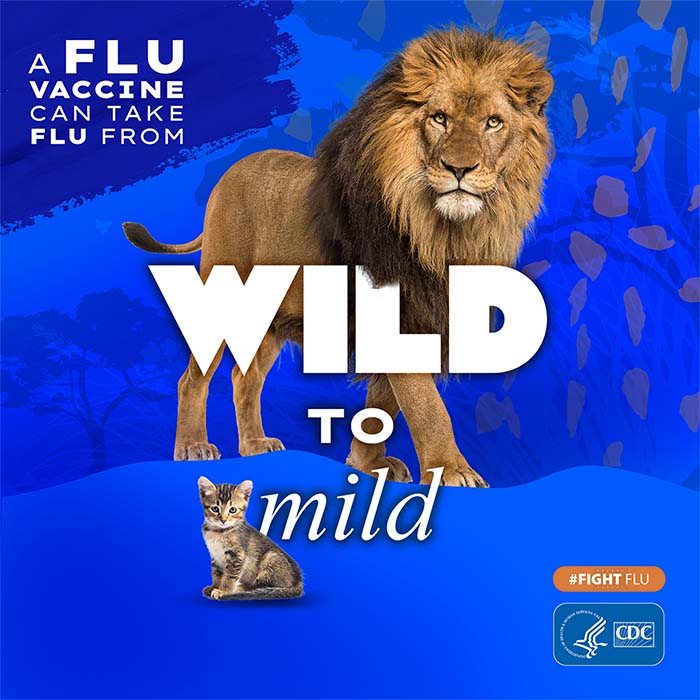Summary of the Inadvertent Shipment of an Influenza Virus H5N1-containing Laboratory Specimen
(Appendix A from the Report on the Potential Exposure to Anthrax, 7/11/2014)
JULY 11, 2014 – On July 9, 2014, CDC’s select agent office and agency leadership were notified that a low-pathogenic avian influenza sample was inadvertently cross-contaminated with a select agent, the highly pathogenic H5N1 influenza virus, before being shipped from an influenza laboratory to the US Department of Agriculture Southeast Poultry Research Laboratories (SEPRL). The H5N1 influenza was a contaminant of a low-pathogenic avian influenza virus specimen that is not a select agent. Since the influenza laboratory was unaware of the contamination, appropriate select agent transfer procedures were not followed. Because the materials were handled during shipping as ‘category B’ (standard shipping procedures for infectious agents) and all laboratory work in both institutions was carried out in enhanced BSL-3 facilities, there does not appear to be any safety risk posed by this incident.
Investigation of the incident thus far found that contamination of the low-pathogenic influenza virus specimen with the highly pathogenic H5N1 influenza virus occurred during laboratory work at the CDC, leading to samples being shipped without the appropriate level of permitting, notifications, or safety precautions. All work with live virus at SEPRL was conducted in their APHIS select agent approved BSL3 facilities. The ongoing investigation also has revealed unacceptable delays in reporting of the inadvertent shipment of the select agent, which was shipped on March 12, 2014, informed to CDC by SEPRL to have been contaminated on May 23, 2014, and confirmed by CDC to have been contaminated in the following days. The H5N1-containing contaminated specimens at both SEPRL and CDC have been or will be destroyed. Confirmation of the contaminated specimens was conducted without notification of the supervisory chain of command including division, center, and CDC leadership.
In response to this incident, and in conjunction with the response to the June 2014 incident of potential exposure to anthrax, CDC has initiated the following steps:
- Established a high-level working group, reporting to the CDC Director, to, among other duties, accelerate improvements in laboratory safety; review and approve, on a laboratory-by-laboratory basis, resumed transfer of biological materials outside of BSL-3 and BSL-4 laboratories; and serve as the transition group for the single point of accountability on laboratory safety.
- Begun the process of establishing an external advisory group for laboratory safety.
- Initiated an investigation to determine root causes that led to contamination of another avian influenza virus by the H5N1 virus.
- Reported the incident through the proper channels to the select agent oversight body, APHIS.
- Established a review group, under the direction of CDC’s Associate Director for Science, to look at the systems, procedures, and personnel issues leading to this event and means of preventing similar events in the future. This review will be done in conjunction with the internal investigation and in coordination with the working group.
- Undertaking appropriate personnel action expeditiously.
Beyond these specific steps, the CDC-wide moratorium on any biological material leaving any CDC BSL-3 or BSL-4 laboratory (with effect from July 11, 2014) applies to this laboratory.
